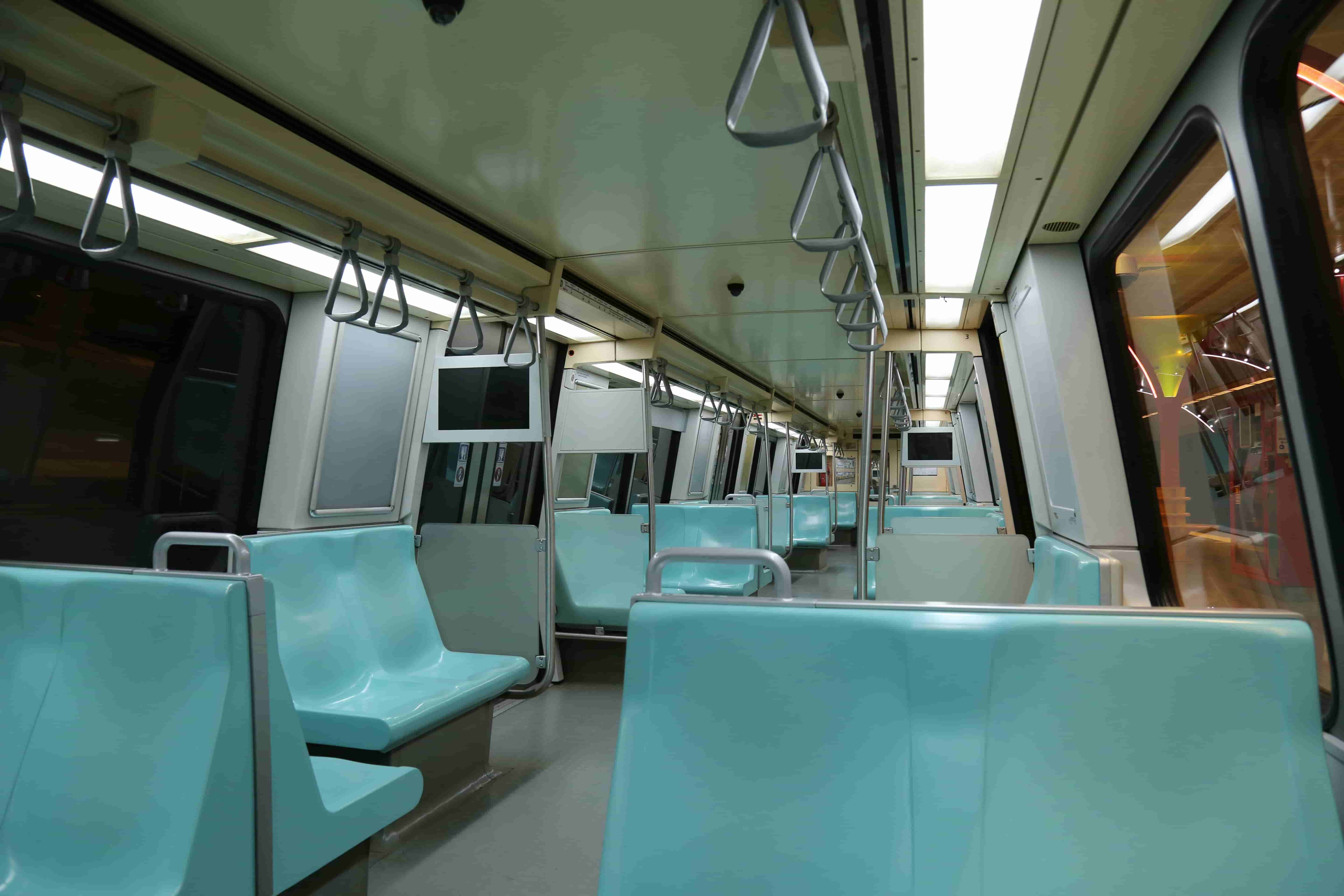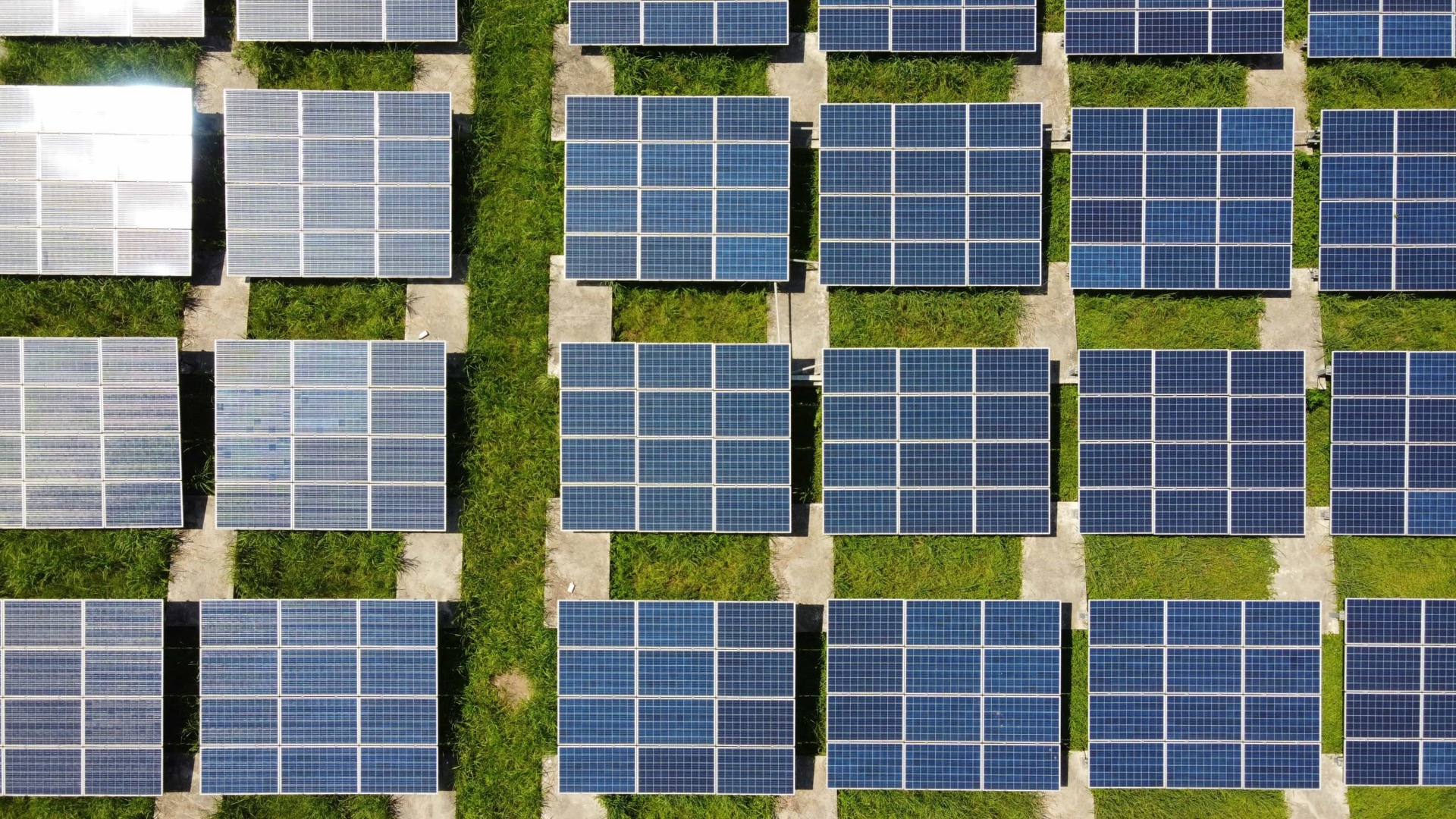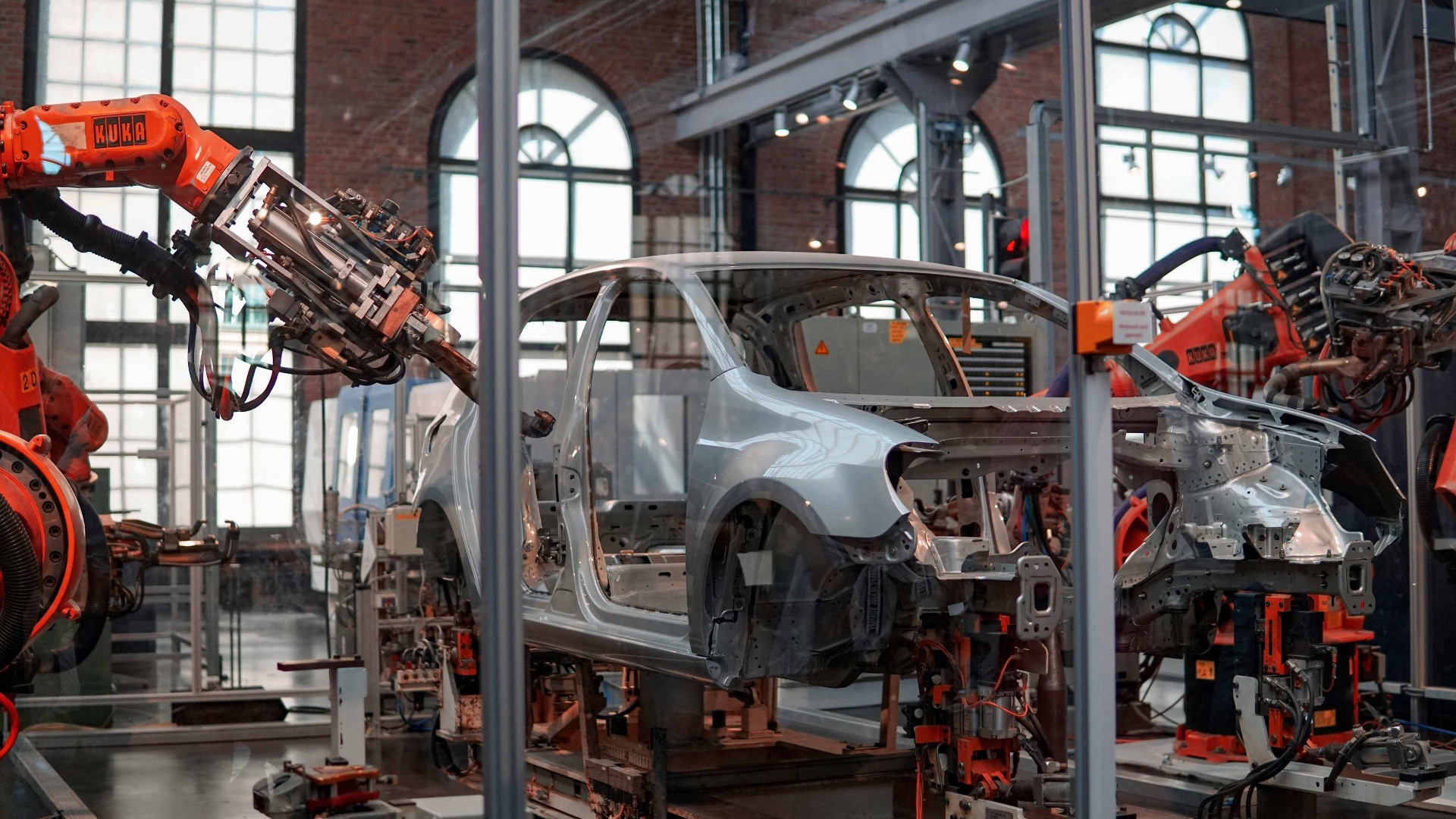As cities grow and private vehicle usage soars, urban areas face mounting challenges, including traffic congestion, air pollution, and declining public health. A new study explores how expanding railway networks can be a powerful tool for addressing these issues. Focusing on São Paulo, Brazil’s largest metropolitan area, researchers examined how the planned expansion of the city’s railway system could reduce pollution and improve urban mobility by 2030.
The Problem with Cars
São Paulo, like many developing urban centers, struggles with heavy reliance on private vehicles. Cars dominate daily travel, contributing significantly to air pollution. The study points out that vehicular emissions in São Paulo release large quantities of harmful pollutants, including carbon monoxide (CO), nitrogen oxides (NOx), and particulate matter (PM). These pollutants have been linked to respiratory diseases, cardiovascular issues, and even cognitive impairments in children. With over 14 million vehicles on the roads, the situation demands urgent attention.
A Rail Solution
The study assessed how expanding São Paulo’s railway system could shift more commuters from cars to trains. By adding new lines and improving existing infrastructure, the network is expected to better serve the city’s sprawling suburbs and densely populated neighborhoods. Researchers predict that by 2030, the expanded rail network could reduce car trips by 41%, shifting millions of daily journeys onto public transit.
This shift wouldn’t just ease traffic congestion - it would also cut vehicular emissions. The study estimates annual reductions of 3.93% for CO emissions, 1.17% for NOx, and 0.25% for PM. While these percentages might seem modest, they represent meaningful progress in reducing pollution in a city where air quality frequently falls short of World Health Organization standards.
Broader Benefits
Railways offer more than just cleaner air. They encourage physical activity as commuters walk or cycle to stations, reduce noise pollution, and create more equitable transportation systems by offering affordable alternatives to private cars. For São Paulo’s lower-income residents, who often endure longer and more expensive commutes, an expanded rail network could significantly improve daily life.
However, the researchers emphasize that building new railways is not a silver bullet. To maximize the environmental and social benefits, railway expansion must be accompanied by policies that discourage car usage, such as congestion charges, fuel taxes, and better integration with other forms of public transportation. These measures could amplify the reduction in emissions while further promoting sustainable mobility.
The Challenge of Implementation
Expanding railway networks is a complex and expensive endeavor, particularly in developing countries. São Paulo’s rail project highlights the need for integrated planning and strong collaboration between local governments, private stakeholders, and communities. The study calls for more robust policies to ensure that the long-term investments in rail infrastructure translate into lasting environmental and social benefits.
A Model for Other Cities
While São Paulo’s challenges are unique, its story reflects broader trends in rapidly urbanizing regions worldwide. The methodology used in this study can be adapted to other cities facing similar issues. By demonstrating the potential of rail expansion to reduce emissions and improve quality of life, São Paulo could serve as a model for sustainable urban development.
The findings underline the importance of prioritizing public transportation as cities grow. With thoughtful planning and investment, railway systems can play a pivotal role in building greener, healthier, and more connected communities. As São Paulo takes steps toward this vision, it offers hope and inspiration for other cities striving to balance development with sustainability.


